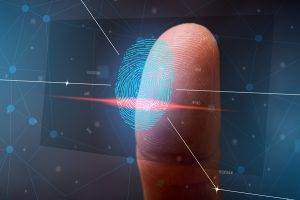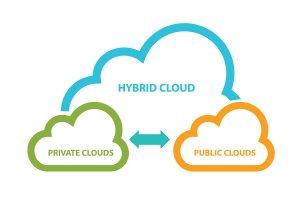
Biometrics is the use of an individual's unique physical and behavioral characteristics, typically used for identification and access control. Fingerprinting, the oldest form of biometrics, can be used for much more than identifying criminals. Fingerprint sensors have long been in use to allow individuals to login to their laptops, control physical access to buildings, track attendance of employees, and much more. Today, the focus is on improving facial recognition both for access to systems and facilities and as part of national security practices.
Facial recognition holds promise for accurately identifying who should and should not be in a specific place - whether that is a physical location like a building or an airport, or a virtual one like a set of classified files. However, the technology is not as reliable as the market requires. The impact of false positives and missed identities are measurably bigger when you are talking about identifying someone on a terror watch list rather than simply being locked out of your cell phone. There is considerable work being done to close the gaps between the promise of facial recognition and the reality of today's technology.
In a world where we are conducting more and more business online, biometric identification seems like a no-brainer for increasing the security of accessing personal data. But there is a privacy concern. Using biometrics means that organizations have access to very personal credentials and a recent ruling showed that the FBI does not need to disclose what biometric data it has on citizens. Continue reading







